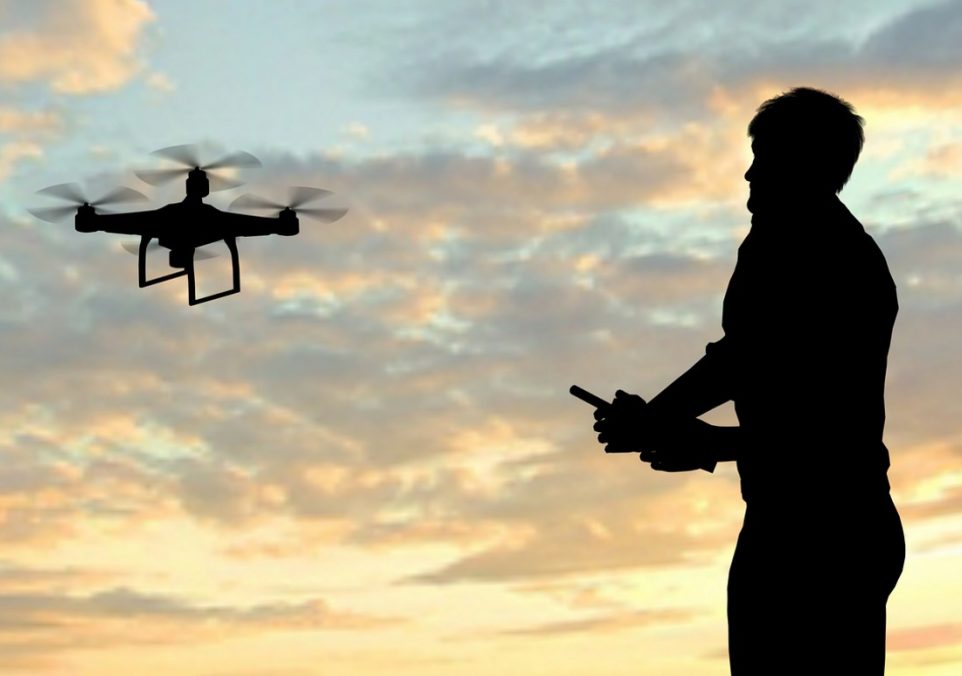Where Can I Fly My Drone Recreationally in the U.S.?

Flying a drone, whether as a new hobby or a serious venture, opens up skies of possibilities. Yet, navigating the airspace legally and safely in the U.S. can seem as intricate as piloting the drone itself. Here’s a deeper dive into what you need to know to ensure your drone flights are both enjoyable and compliant with regulations.
Can I Legally Fly My Drone in the U.S.?
Yes, flying a drone is legal, but it comes with several FAA stipulations to keep in mind. For starters, any drone weighing over 0.55 pounds needs to be registered with the FAA, a process that’s quick and costs just $5. There are clear rules set about flight boundaries: keep below 400 feet, don’t exceed 100 mph, and always maintain visual contact with your drone. You must avoid flying at night unless your drone has the proper lighting, and never fly over moving vehicles or during emergencies.
Where to Fly?
Class G Airspaces
For the everyday drone enthusiast, Class G airspaces are your go-to zones. These are areas where the airspace is uncontrolled, and they cover a large portion of the country. Flying here is generally hassle-free as long as you adhere to the basic flying guidelines set by the FAA.
Near Airports
Flying near airports requires more caution. You must file for airspace authorization through the FAA’s LAANC system, which can be accessed online or via apps like AirMap, allowing for real-time authorizations.
Where Not to Fly?
Federal Prisons and National Parks
Certain areas are off-limits, such as federal prisons and national parks. Overflying these areas can lead to legal troubles and hefty fines.
Public Events
Similarly, avoid flying over public events or stadiums, as it poses safety risks and can be considered a nuisance or privacy invasion.
Exploring Urban Airspaces
Navigating drone regulations in urban environments can be tricky due to varying local laws. Our extensive guide offers insights into specific cities across the U.S., from New York to Los Angeles, detailing where you can and cannot fly. Check local regulations and city ordinances to avoid fines or drone confiscation.
Using Technology to Stay Compliant
Utilize FAA-approved apps like Airspace Link, AutoPylot, Avision, and UAS Sidekick to check airspace restrictions in real-time. These tools are invaluable for planning your flights and ensuring you’re flying safely and legally.
Local Ordinances and Special Cases
Always be aware of local regulations that may impact drone use in specific areas, such as city parks or beaches. Some cities may have specific takeoff and landing restrictions that are important to follow.
Going Commercial?
If you’re considering using your drone for commercial purposes, you’ll need to follow additional guidelines, including obtaining a Part 107 certificate. This involves passing a knowledge test and registering your drone for commercial use.
Stay Informed and Connected
For drone enthusiasts looking to stay on top of the latest rules and tech advancements, subscribing to drone news updates or joining communities can be beneficial. These resources can provide ongoing support, updates on regulatory changes, and tips from fellow drone pilots.
By understanding and respecting these guidelines, you ensure your drone flying experience is both safe and enjoyable. Always remember that with great technology comes great responsibility. Whether you’re capturing breathtaking aerial shots or inspecting roofs, the sky’s the limit—just make sure you’re flying within the legal framework.
Your Trust, Our Core Commitment
At Rising Tech, earning and maintaining your trust is the cornerstone of our mission. We're dedicated to transparency, impartiality, and the relentless pursuit of truth in every article, review, and recommendation we publish. Our commitment to these principles ensures that you, our valued reader, are always equipped with reliable and unbiased information. Let us be your trusted guide in the ever-evolving world of technology.